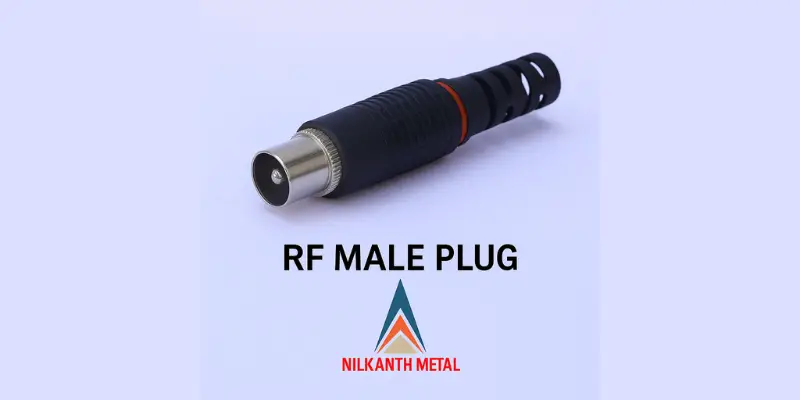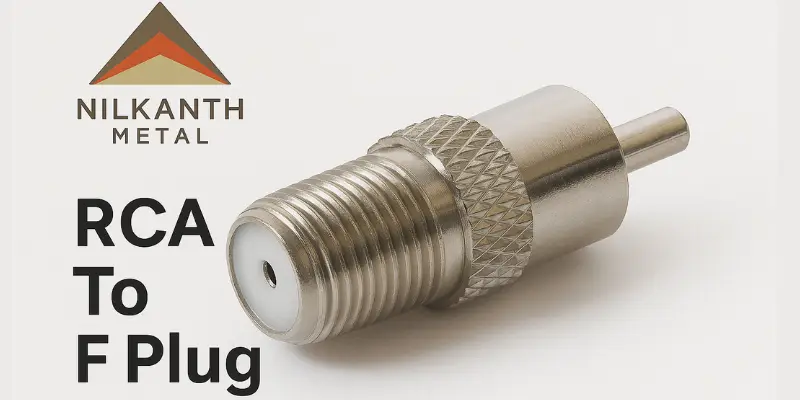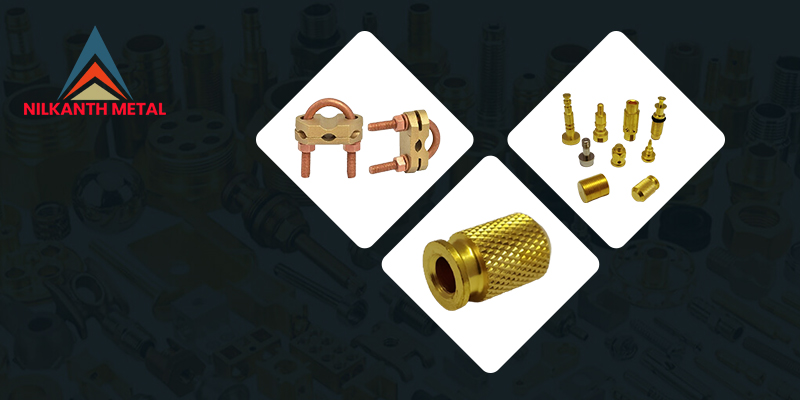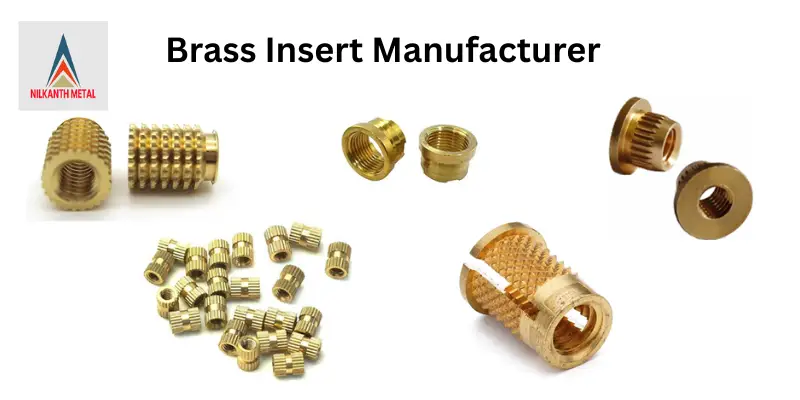
Brass Inserts Manufacturer And Supplier – Nilkanth Metal
Today's modern manufacturing world is quite complex. While lightweight plastics are widely used, they are also subject to significant stress. In this context, there's one crucial component that often gets overlooked: the brass insert.
This small, threaded piece of metal is a silent hero. It ensures your product's longevity, serviceability, and strength.
Neelkanth Metals, a leading brass insert manufacturer in Jamnagar, India, believes that understanding the function and quality of these parts is crucial for any engineer or procurement expert. They are not just a type of screw or fastener. These are meticulously crafted solutions that solve major material-related problems.
Why brass? What's the science
The question is behind this excellent choice? why is brass chosen for such crucial parts? The answer is a well-thought-out decision.
Look, while steel offers the greatest strength, brass has the perfect balance, making it perfect for creating strong and durable threads in softer materials like plastic, wood, or composites.
Rust Resistance and Long Life
Brass is essentially a mixture of copper and zinc. One of its advantages is that it resists rust and corrosion better than other metals. This is especially important in areas exposed to moisture, chemicals, or temperature fluctuations-such as automotive parts, plumbing, or electrical equipment.
If an insert rusts, it can swell and break the surrounding plastic. However, a brass insert remains strong and protects the threads within.
Excellent Conductor of Heat and Electricity
In electrical and electronics applications, brass acts as an excellent heat conductor (thermal conductor), helping to dissipate heat away from critical parts. It is also a very good conductor of electricity. Therefore, it is crucial for creating grounding points or for reliable electrical connections in plastic molded assemblies.
Easy to Manufacture and Inexpensive
From a manufacturing perspective, brass is easy to machine. Because of this, brass insert manufacturers can easily produce very tight margins (tight tolerances) and a variety of knurling patterns (curved designs) that are required for different insert applications (such as ultrasonic, heat-set, or press-in).
Engineering Fundamentals: The Solution to This Big Problem With Plastic!
The primary function of brass inserts is to overcome the inherent weakness of plastic threads.
In fact, plastic is inherently soft. Even the slightest weight or pressure can cause it to slip out of place, and repeated tightening and loosening of screws can cause wear and tear.
Protecting Threads from Breakage and Wear
When you insert a screw directly into plastic, the thread is formed by the screw itself. This thread is very fragile.
However, when you insert a brass insert, you create a durable and strong metal-to-metal connection. The screw will only connect to this strong brass.
This ensures that you can tighten and unscrew the joint dozens of times without damaging it. This is crucial for servicing electronics or machinery!
A Taxonomy of Inserts: Matching the Component to the Process
A reliable brass inserts supplier must offer a comprehensive product line, as the design of the insert is defined entirely by the application and the assembly process.
Heat-Set Inserts
These are the most common in high-volume production. Designs often feature straight, diagonal, or diamond-shaped knurling. The insert is pressed into a pre-drilled or molded hole using heat or ultrasonic vibration, which momentarily melts the surrounding plastic, allowing the molten material to flow into the exterior patterns. Once cooled, the insert is permanently locked in place with immense pull-out strength.
Press-In / Cold Press Inserts
Ideal for materials that can't tolerate heat, these inserts are installed at room temperature using a simple press or hammer. Their outer knurling is often designed with opposing or sharp edges (like the Brass Knurled Expansion Insert) that bite into the host material for a strong interference fit.
Self-Tapping Inserts
These are used when maximum pull-out strength is needed, or for repair work. The Brass Self Tapping Insert has cutting slots or external threads that cut a mating thread into the plastic or wood as it is driven in. They create a strong, secure fit often used in hard thermoplastics and thermosets.
Speciality Inserts
This category includes application-specific designs like:
- Expansion Inserts: Used in softer materials where a press-fit isn't strong enough; a screw is tightened, causing the insert body to expand and lock against the hole wall.
- PPR Inserts (Plumbing): Specific designs like the Brass PPR Female Insert are molded directly into Polypropylene Random Copolymer (PPR) components for leak-proof pipe joints.
The Neelkanth Metal Difference: Sourcing from an Expert Manufacturer
When choosing brass inserts, the purchasing decision should be focused solely on quality, consistency, and supply chain reliability. This is where partnering with an experienced brass insert manufacturer like Neelkanth Metal offers a distinct advantage.
Precision Manufacturing and Tolerances
High-quality inserts require precision machining. Any deviation in knurling pitch, thread size, or body diameter can lead to failures-either cracking of the insert housing or inadequate torque-out resistance. Our decades of experience ensure that each batch meets the tight tolerances required by international standards.
The Value of a Dedicated Brass Inserts Supplier
A reliable brass inserts supplier doesn't just deliver parts; they deliver a partnership. Our expertise allows us to provide technical guidance on selecting the right insert geometry and installation method for your specific material (e.g., polycarbonate vs. ABS vs. thermoset composites). We manage the complexities of raw material sourcing and high-volume consistency so you can focus on your final product assembly.
By consolidating design, manufacturing, and supply chain management, we ensure that you receive components that are defect-free, delivered on time, and engineered for the utmost performance.
This is a great conclusion in Hindi! It summarizes your lengthy blog post, emphasizes your main points, and concludes with a strong call-to-action.
Conclusion - Investing in Reliability
A brass insert is a small component, but its impact on the overall quality and lifespan of a product is enormous. It transforms a delicate, utilitarian joint into a strong, lasting connection.
When sourcing these critical parts, choose a partner who understands the engineering behind the alloy and the precision required in manufacturing. By choosing Neelkanth Metals as your dedicated brass inserts manufacturer and supplier, you are investing in the long-term reliability and success of your final product.
Recent Post
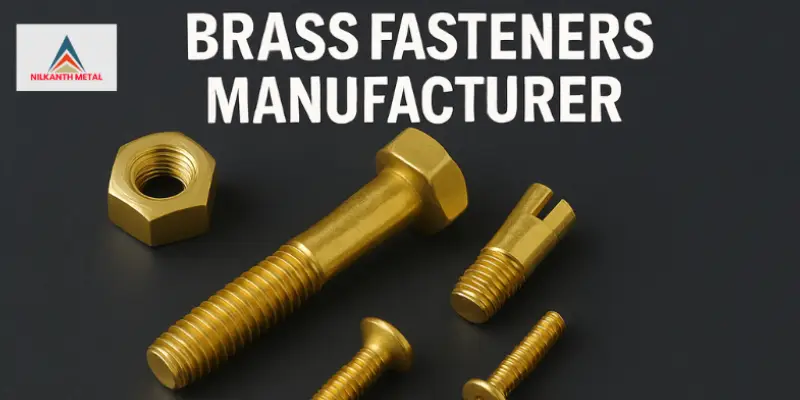
september, 12 2025
Brass Fasteners Manufacturer - Quality, Durability, and Precision with Nilkanth Metal
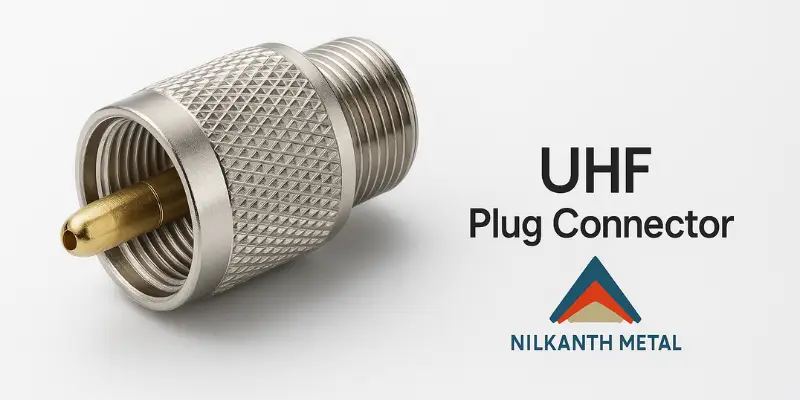
August, 20 2025
UHF Plug Connector: A Comprehensive Guide

April, 28 2025
Your Trusted Source for High-Quality Brass Air Valves

February, 14 2025
Versatile Brass and Steel Screws Customized for Industrial Sectors

July, 19 2024
What is Core Vents?
